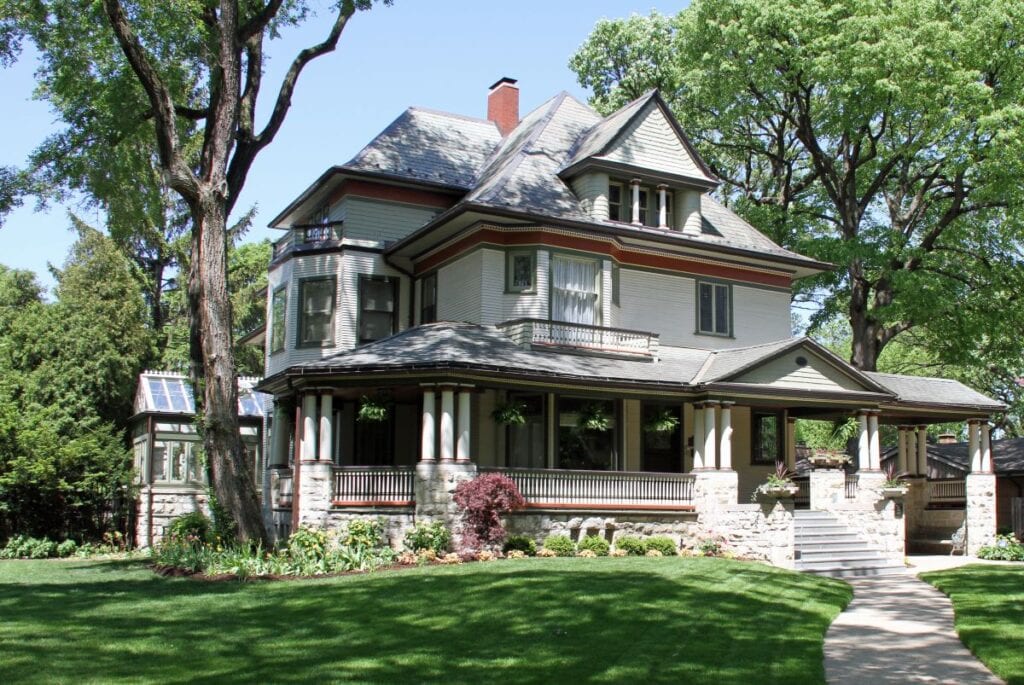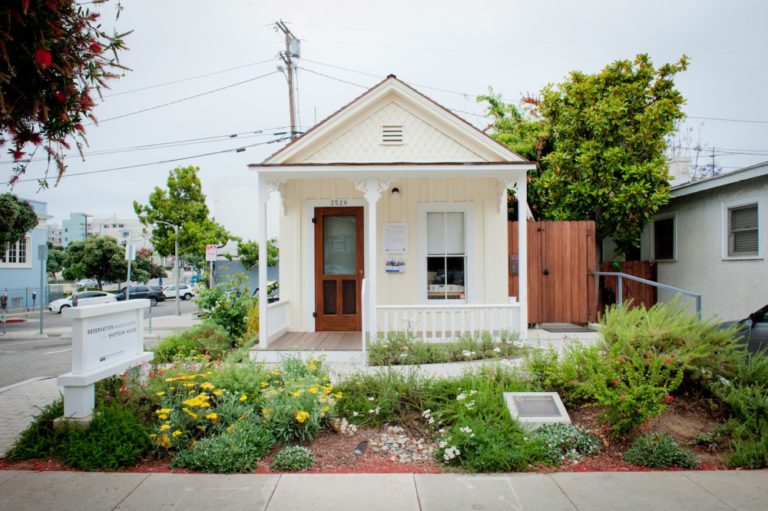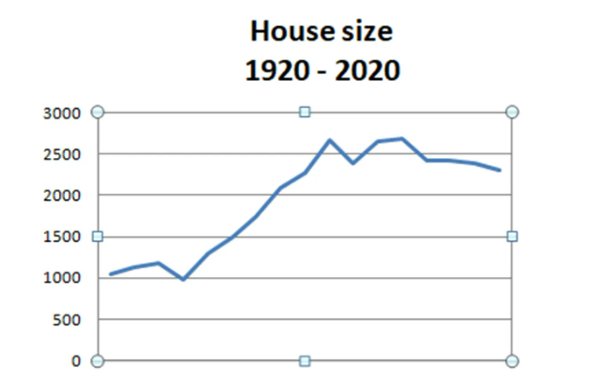

Why Was Bigger Better?
Government policies, have for the past century, effectively steered Americans toward living in detached single-family homes. These policies dictate minimum square footage as well as what the house can be construction from but why are they pushing larger houses? It’s simple, just follow the money!
The Planning and Zoning departments issue the require permits and the cost of the permit is based on a few factors, one of which is size! The bigger the house, the more expensive the permit! In addition property taxes are often based on house size, so once again, the bigger the house, the higher the taxes and the more money the government makes.
A slew of policies—from the creation of the Federal Housing Administration in 1934 to the zoning mandates of individual towns and cities—fueled the growth of suburbs, and, in turn, so did the size of the houses. Many houses in postwar suburbs were actually quite modest, at roughly 850 square feet, says Dolores Hayden, a former professor of architecture and American studies at Yale. But over the course of the 20th century, government policy, the invention of cheaper, mass-produced building materials, marketing by home builders, and a shift in how people regarded their houses—not just as homes, but as financial assets—encouraged ever larger houses.
The median size of a newly built house in the U.S. has risen as the average number of people per household has declined, such that the average number of square feet per person in the median new home nearly doubled from the 1970s to the 2010s. Norms, though, can shift, and signs indicate that some Americans’ taste in homes is trending smaller. From 2003 to 2018, the median square footage that home buyers said they wanted dropped from 2,260 to 2,066, according to the National Association of Home Builders.
This might have something to do with the growing share of American households that include only one or two people. But it also might be a matter of lifestyle for some people.
“It’s a really expensive way to live,” Wagner says, “not only in having to travel to the city, having to travel to work, [but] having to travel 15 minutes to get a gallon of milk—all so you can have a really big house.”
Maybe more Americans will start thinking this way, in which case, over time, the gap between American houses and those in other parts of the world would start to narrow.
Our country was built by Americans living in homes that were under 1,000 square feet yet many states still don’t allow smaller houses to be constructed. We aim to change this, as one way to help our residents a quality, lower cost way to home ownership!
Tiny is the next big thing!
